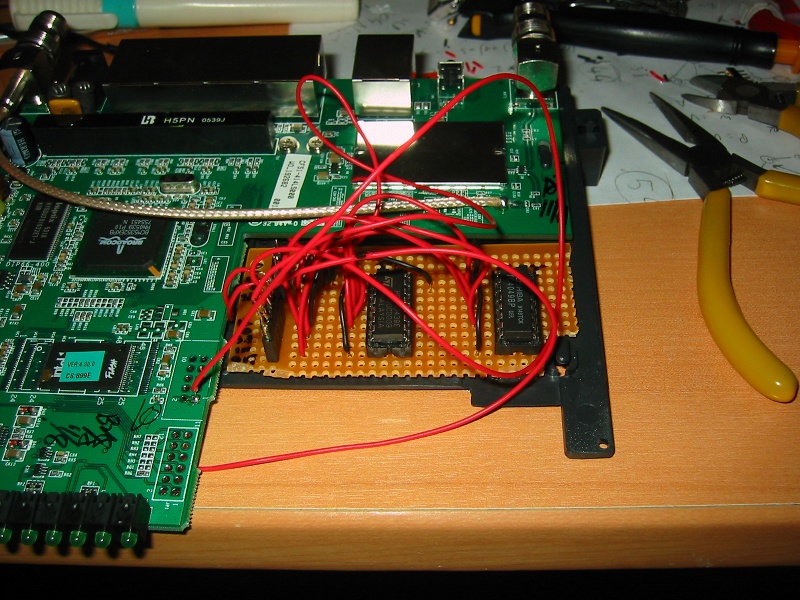Since The Pirate Bay moved from distributing torrent files to providing magnet links only, it became impractical to browse using w3m.
Here's a fix.
First, you'll need the following lines in your
1st one points to a file that describes how to handle particular URI schemes.
2nd one points to a folder that will contain cgi scripts that w3m can handle on its own, acting as a HTTP server.
Then, you'll need to add a handler for magnet URIs in
And finally, a script that will handle the URIs, named
Don't forget to
Here's a fix.
First, you'll need the following lines in your
~/.w3m/config file: urimethodmap ~/.w3m/urimethodmap
cgi_bin ~/.w3m/cgi-bin
1st one points to a file that describes how to handle particular URI schemes.
2nd one points to a folder that will contain cgi scripts that w3m can handle on its own, acting as a HTTP server.
Then, you'll need to add a handler for magnet URIs in
~/.w3m/urimethodmap: magnet: file:/cgi-bin/magnet.py?%s
And finally, a script that will handle the URIs, named
~/.w3m/cgi-bin/magnet.py: #!/usr/bin/python
# coding=utf-8
import sys
import os
import subprocess
uri = os.environ.get('QUERY_STRING')
referer = os.environ.get('HTTP_REFERER')
if not uri:
print "Error: No URI"
sys.exit()
cmd_list = ("transmission-remote", "-a", uri)
subprocess.call(cmd_list)
if referer:
print "HTTP/1.1 303 See Other"
print "Location: %s" % referer
Don't forget to
chmod +x ~/.w3m/cgi-bin/magnet.py, modify the cmd_list tuple to match your host, port, and authentication parameters, and you should be set. Hitting "Enter" on a magnet link should now add it to your queue.




